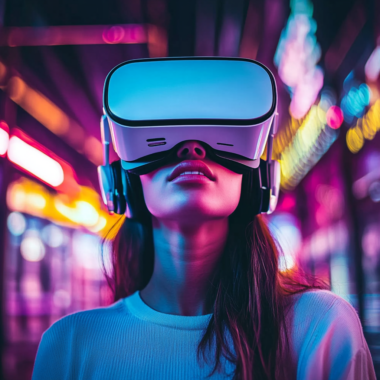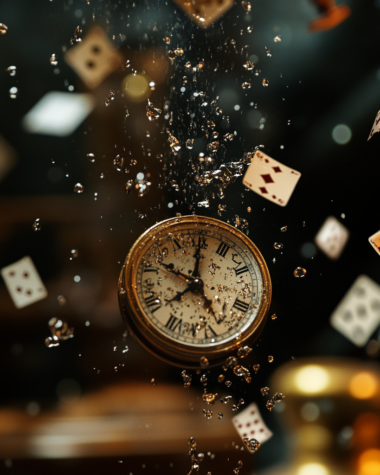We often use the words “enjoyment” and “pleasure” interchangeably, assuming they represent the same feeling. However, a closer look reveals a distinction that impacts our well-being and the quality of our experiences. Understanding this difference can lead to a more fulfilling life.
Pleasure: The Instant Gratification
Pleasure is a fleeting feeling of contentment that arises when our basic needs or desires are met. It’s often associated with sensory experiences and immediate gratification. Think of the taste of delicious chocolate, the comfort of a warm bath, or the thrill of a rollercoaster ride. These experiences provide a quick hit of dopamine, leaving us feeling good in the moment.
Key characteristics of pleasure:
- Passive: Often involves little effort or skill.
- Fleeting: The feeling is temporary and fades quickly.
- External: Relies on external stimuli for satisfaction.
- Can be addictive: The pursuit of pleasure can lead to unhealthy habits.
Enjoyment: The Deep Satisfaction
Enjoyment, on the other hand, is a more profound and lasting feeling of satisfaction. It arises from engaging in activities that challenge us, require skill, and provide a sense of accomplishment. Think of the satisfaction of completing a challenging project, the joy of learning a new skill, or the sense of flow experienced during a creative endeavor.
Key characteristics of enjoyment:
- Active: Requires effort, focus, and engagement.
- Lasting: The feeling of satisfaction lingers and contributes to personal growth.
- Internal: Stems from a sense of accomplishment and personal development.
- Fosters growth: Encourages us to push our boundaries and develop new skills.
Why Does This Distinction Matter?
While pleasure is an important part of life, relying solely on it can lead to a shallow existence. Constantly chasing fleeting pleasures can leave us feeling empty and unfulfilled. Enjoyment, on the other hand, provides a deeper sense of meaning and purpose. It contributes to our personal growth and helps us develop a stronger sense of self.
Finding Flow: The Sweet Spot
Psychologist Mihaly Csikszentmihalyi, who pioneered the concept of “flow,” describes it as a state of complete absorption in an activity. It’s characterized by a sense of energized focus, full involvement, and success in the process of the activity. Flow experiences often involve activities that challenge us just enough to keep us engaged without overwhelming us. Finding activities that lead to a flow state is key to experiencing enjoyment.
Incorporating Enjoyment into Your Life
- Identify your passions: What activities make you feel truly alive and engaged?
- Set goals and challenges: Push yourself to learn new skills and step outside your comfort zone.
- Practice mindfulness: Be present in the moment and savor the process.
- Cultivate your curiosity: Explore new interests and embrace challenges.
By understanding the difference between enjoyment and pleasure, and by actively seeking out activities that provide enjoyment, we can cultivate a more meaningful and fulfilling life. While pleasure provides a temporary escape, enjoyment offers a path towards personal growth and lasting satisfaction.











